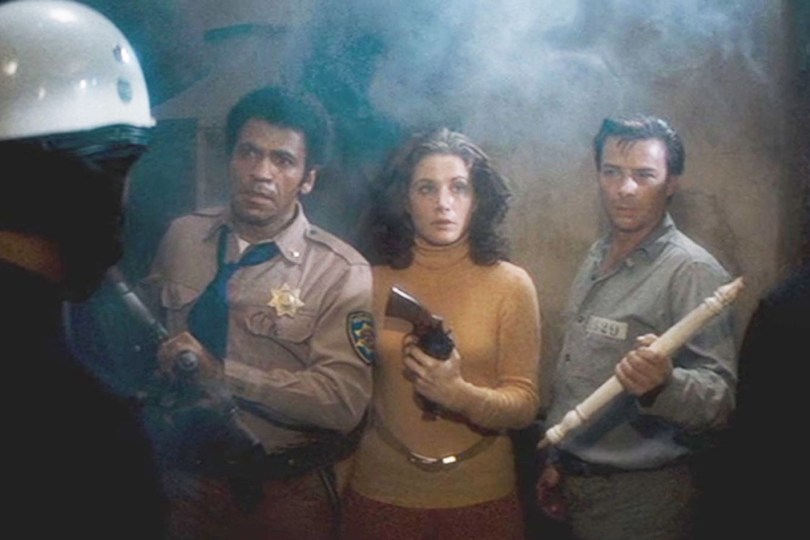
It’s a known fact that B-movies from the the 20th century are a deep well of ideas for new or recent directors. The rediscovery of B-movies became more and more popular thanks to directors like Quentin Tarantino.
Currently it’s no longer an isolated case, and many more directors are trying to catch ideas from old low-budget movies. High budget remakes of 70’s or 80’s B-movies are being made every year by important producers and famous directors. They homage the artistic work of directors who in previous decades had little money, but a lot of interesting ideas and a passion for moviemaking.
1. Black Sunday (1960)
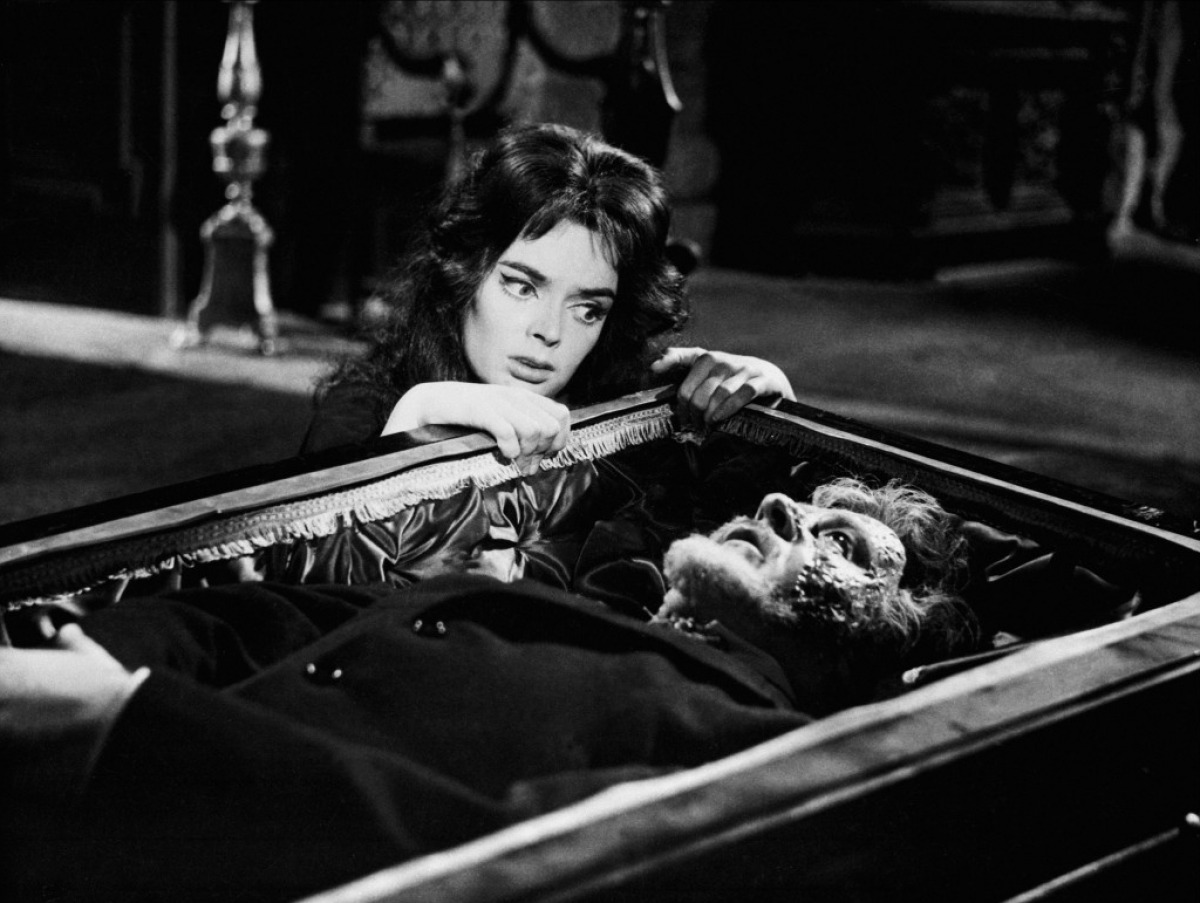
Two travelers by mistake resuscitate a witch named Asa, 200 years after she have been tortured and condemned to death for witchcraft. She tries now to take over the young body of her descendant to come back to life.
This movie is the exordium of the director Mario Bava and it is considered to be his masterpiece and overall a milestone of Italian horror cinema. Sublime technical skills and personal taste blend perfectly together: a fantasy-horror story with a dreamlike touch (vaguely inspired by Vij from Gogol), amazingly shot in a very stylish black and white (the cinematography is by Bava himself who already worked with the director Riccardo Freda for the movie “Lust of the Vampire”).
The movie didn’t get the success it deserved amongst Italian critics, yet it became a definite cult movie abroad getting reviewed by publications such as “Positif” and “Cahiers du cinéma.” Subsequently, it got a lot of fame in the United States with the title “Black Sunday.”
Italian horror directors like Freda and Sergio Corbucci have been deeply inspired by this movie. Thanks to this role, lead actress Barbara Steele became immediately popular. She continued starring in many other movies of internationally acknowledged directors like Roger Corman, Federico Fellini, David Cronenberg and Joe Dante.
2. Detour (1945)
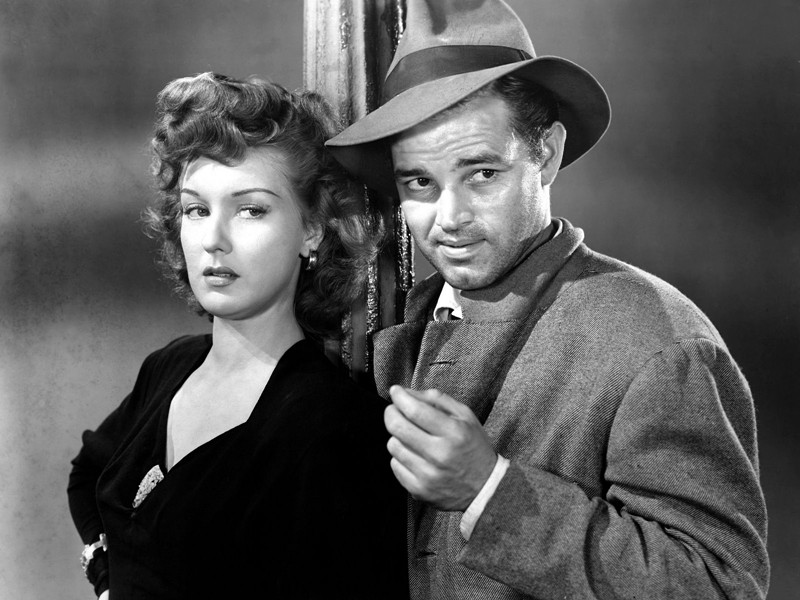
Al Roberts hitchhikes a ride with a stranger in attempt to reach his girlfriend in Hollywood. After the stranger’s sudden death, his trip takes an unexpected turn.
Edgar Ulmer was an architect and scenographer of Austrian origins. He started his career with one of the most influential directors of the German expressionism: F.W. Murnau.
Ulmer started to make movies in Hollywood in the 30s and from 1942 he began to work for the PRC (Producers releasing corporation) studio known for low-budget movies. Ulmer managed to shoot 12 movies in just three years.
“Detour” is definitely the best known B-movie from that era and the most experimental noir movie ever made on the narrative level. It is a dense and full-of-surprises noir based on a long flashback that’s narrated as an interior monologue.
The film uses the usual narrative scheme of the noir movies and deconstructs it. The whole movie is based on an attempt of the protagonist to dominate the irrational events that happen in his life, but in reality he has no effect on them. He gets tangled in absurd events as depicted in the famous telephone murder scene (filmed with a six-minute long shot).
The more the protagonist gets closer to the city where his girlfriend is, the farther he is from reaching her, and that makes “Detour” a masterpiece of the absurd cinema, showing reality that’s completely lacking of any logic or meaning.
3. Rabid Dogs (1974)
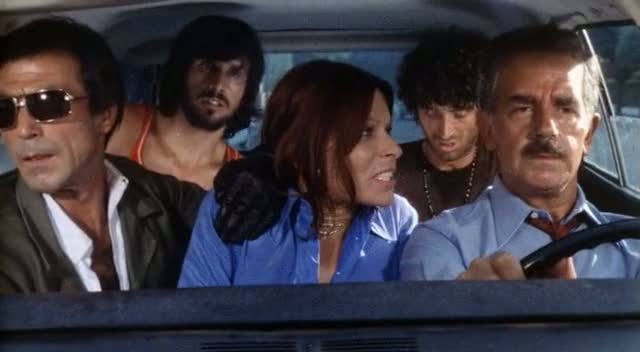
Three crooks take a man hostage who is bringing a kid to the hospital in his car. During the getaway more people get killed, but things are slightly different from how they appear.
This is one of the last movies from Mario Bava. It was shot in 1974, but screened in Italy for the first time in 2004 due to severe production problems.
It’s a on-the-road thriller filled with violence and pessimism. For fans of the director, this is definitely an unusual movie since Bava abandons the horror genre that made him famous in favor of thriller. “Rabid Dogs” focuses much more on gross details to enhance the bestiality of the negative characters rather than on the baroque atmosphere of his previous movies. The usual dreamlike touch of the director is turned down to give space to a more realistic kind of terror.
This movie influenced Tarantino for his first acclaimed work “Reservoir Dogs.” It’s especially apparent since the bad characters are highly emphasized. It follows a minimalistic structure, and the tone deems it pessimistic, yet never too cynical, suggesting a feeling of a movie-comic book.
4. Assault on Precinct 13 (1976)
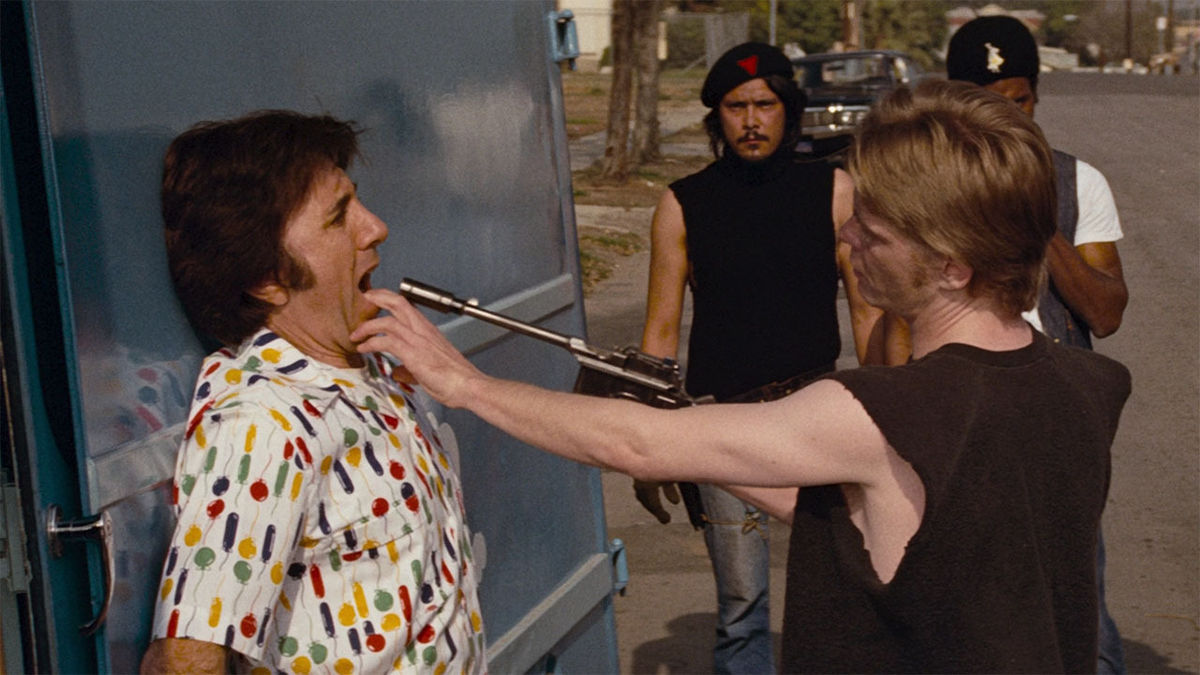
Lieutenant Ethan Bishop is defending a police precinct, located in the most dangerous neighborhood of Los Angeles, from the attack of armed criminals, with the only help of a secretary and two convicts.
This is the second movie by John Carpenter after the sci-fi parody of “2001: A Space Odyssey” called “Dark Star.” Apart from being one of the best movies he made, “Assault on Precinct 13” is certainly a revolutionary work. Here, Carpenter inverts the rules of the genre, building up suspense in anticipation of cruel actions. He creates a feeling of anxiety and fear from an enemy that is present but never really visible.
The rhythm of the movie gets more and more pressing toward the ending with enemies flooding the precinct, turning the assault into a nightmare. It’s important to note that the direction, screenplay and music are curated all by Carpenter himself.
“Assault on Precinct 13” was evidently inspired by western movies like “Rio Bravo” and horrors like “The Night of the Living Dead.” He applied the peculiar aspects of those movies into the action movie genre, changing it forever and creating a legacy that passed through movies like “Die Hard” and “From Dusk Till Dawn,” and continues nowadays after the remake from 2005 starring Ethan Hawke and Laurence Fishburne.
5. Caliber 9 (Milano calibro 9, 1972)
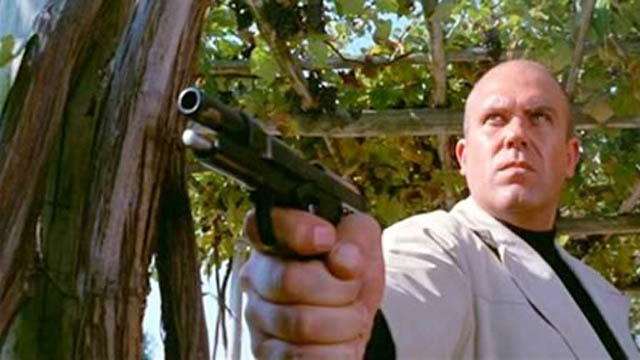
Ugo Piazza just got out of jail, and as soon as he walks the streets he gets the attention of the police and his ex-boss who thinks that he stole the money from his last robbery. Since Ugo is reluctant to reveal where the money is, he is forced to work once again for the criminals.
This is one of the best movies from director Fernando di Leo, an epic noir movie that perfectly blends the rules of police movies (very popular at that time in Italy) with the darker vibe of the European noir (e.g. the works of J.P. Melville), where protagonists are cool criminals without any hope for the future and are destined to fail.
“Caliber 9” came to fame again recently thanks to Quentin Tarantino, who declared this one was one of his favorite Italian movies. It definitely inspired not only him but many other directors like Michael Mann.